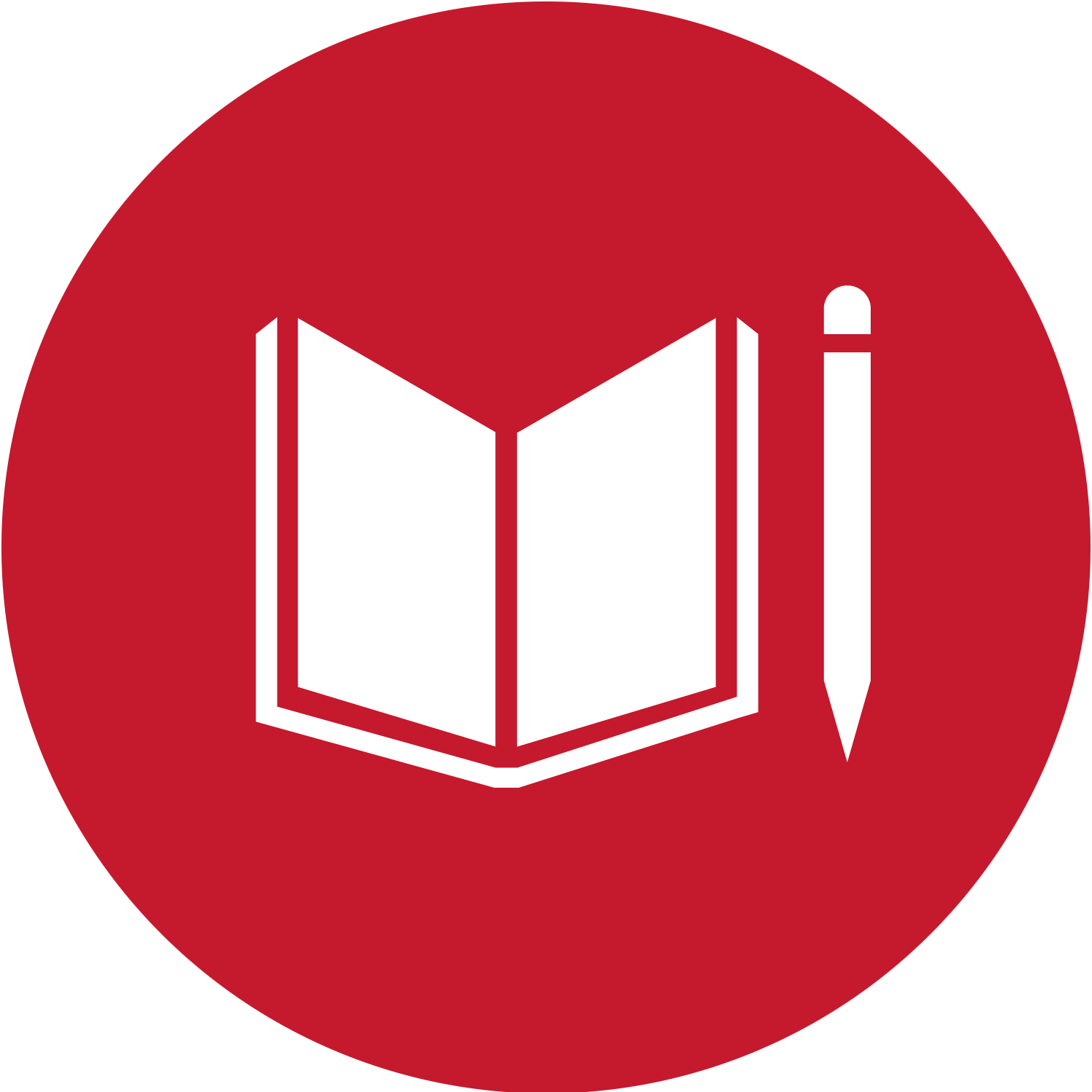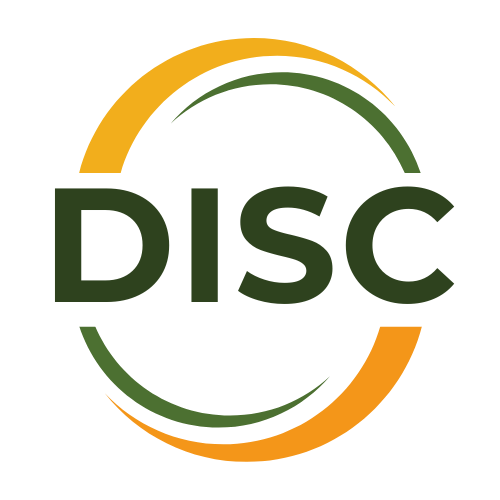
The Student Portfolio – a ‘bridge’ between school and family – is conceived as a method to tackle and reduce disparities in accessing and engaging with formal and non-fromal education of children, and as a practical portfolio for students to be used at home as well, in order to enhance communication among children-parents-teachers.
Main objectives of the Student Portfolio are: -to identify and control the student’s learning success; -to identify and support learning achievement; -to determine whether the students’ knowledge and skills are consistent with the educational standards.
The portfolio is a physical collection of student work (e.g. written assignments, written works, lab work, tests, detailed answers to questions, etc.) and academic achievements (e.g. awards, honors, medals, certificates, assessments, and teacher’s recommendations). In this way, a portfolio can teach students to take more ownership and responsibility for the learning process. In addition, it will assist teachers in monitoring and evaluating learning progress over time.
- More Info
- Contact
Challenge Tackled
- Lack of parents’ involvement and awareness in the development and learning children.
Target group, beneficiaries or clients
- Parents from disadvantaged groups (parents from disadvantaged socio-economic backgrounds (learning difficulties, health issues, social and economic struggles, disadvantaged background, parents from a migrant background (immigrants, refugees), Roma people, rural people;
- Teachers, professionals who work with children from disadvantaged groups;
- School professionals working with children from disadvantaged groups;
- Children from disadvantaged groups.
Solution
- Filling out and evaluating the Student Portfolio parents develop parental attitudes ad competences.
Innovation
- Student portfolios can improve communication between teachers and parents. A portfolio can also help parents become more informed about the education and learning progress of their children, what is being taught in a particular course, and what students are doing and learning in the classroom. Also, when parents are more informed about and engaged in their child’s education, they can play a more active role in supporting their children at home, which could have a beneficial effect on academic achievement and long-term student outcomes.
Unique Selling Point
- Parental attitudes and mind-sets; increasing student’s skill and knowledge at home.
Impact
- Involvement, integration, support, better communication, academic achievement and long-term student outcomes.
Feasibility/Transferability
- Possibility to use in Folkuniversitetet with students’ parents;
- Opportunity to implement to schools, municipalities and/or regional authorities.
FOLKUNIVERSITETET
Bergsbrunnagatan 1, 753 23 Uppsala, Sweden
Phone: +46704541464
E-mail: anastasiia.tsaruk@folkuniversitetet.se
Contact Person: Anastasiia Tsaruk

 4 - Quality Education
4 - Quality Education
The COVID-19 outbreak has caused a global education crisis. Most education systems in the world have been severely affected by education disruptions and have faced unprecedented challenges. School closures brought on by the pandemic have had devastating consequences for children’s learning and well-being. It is estimated that 147 million children missed more than half of their in-class instruction over the past two years. This generation of children could lose a combined total of $17 trillion in lifetime earnings in present value. School closures have affected girls, children from disadvantaged backgrounds, those living in rural areas, children with disabilities and children from ethnic minorities more than their peers.
The proportion of young people completing upper secondary school increased from 54 per cent in 2015 to 58 per cent in 2020, with completion slowing down relative to progress in the preceding five-year period. It is too early to predict the effect of the COVID-19 pandemic on completion. Early indications from low-income countries based on phone surveys point to a small decline in attendance upon a return to school but a larger increase in repetition, which may increase dropout rates in coming years.
Data from 73 (mostly low- and middle-income) countries for the period of 2013-2021, indicate that about 7 in 10 children 3 and 4 years of age are developmentally on track, with no significant differences by child’s sex.
The participation rate in organized learning one year before the official primary entry age rose steadily in the years before the COVID-19 pandemic, from 69 per cent in 2010 to 75 per cent in 2020 but with considerable variation between countries (with the rate ranging from a figure as low as 13 per cent to nearly 100 per cent). This progress is being threatened by the COVID-19 pandemic, as schoolchildren in early childhood education and the early grades, especially from low- and middle-income countries, are the most affected by education disruption. In most countries, early education facilities and schools were partially or fully closed for more than a full school year.
Based on data for 2016-2018, the participation rate of youth and adults in formal and non-formal education and training in the previous 12 months among countries of sub-Saharan Africa with data is typically about 5 per cent or less compared with a rate of over 40 per cent in Northern American and many European countries.

